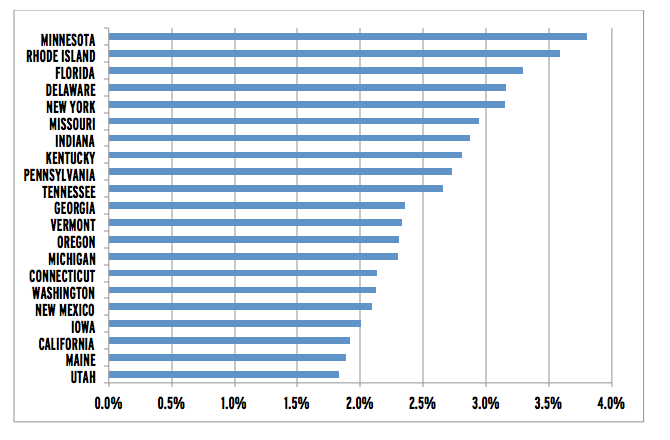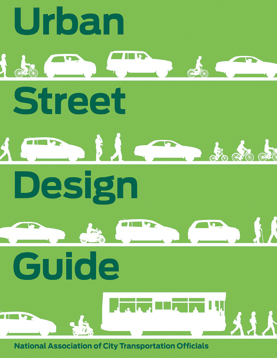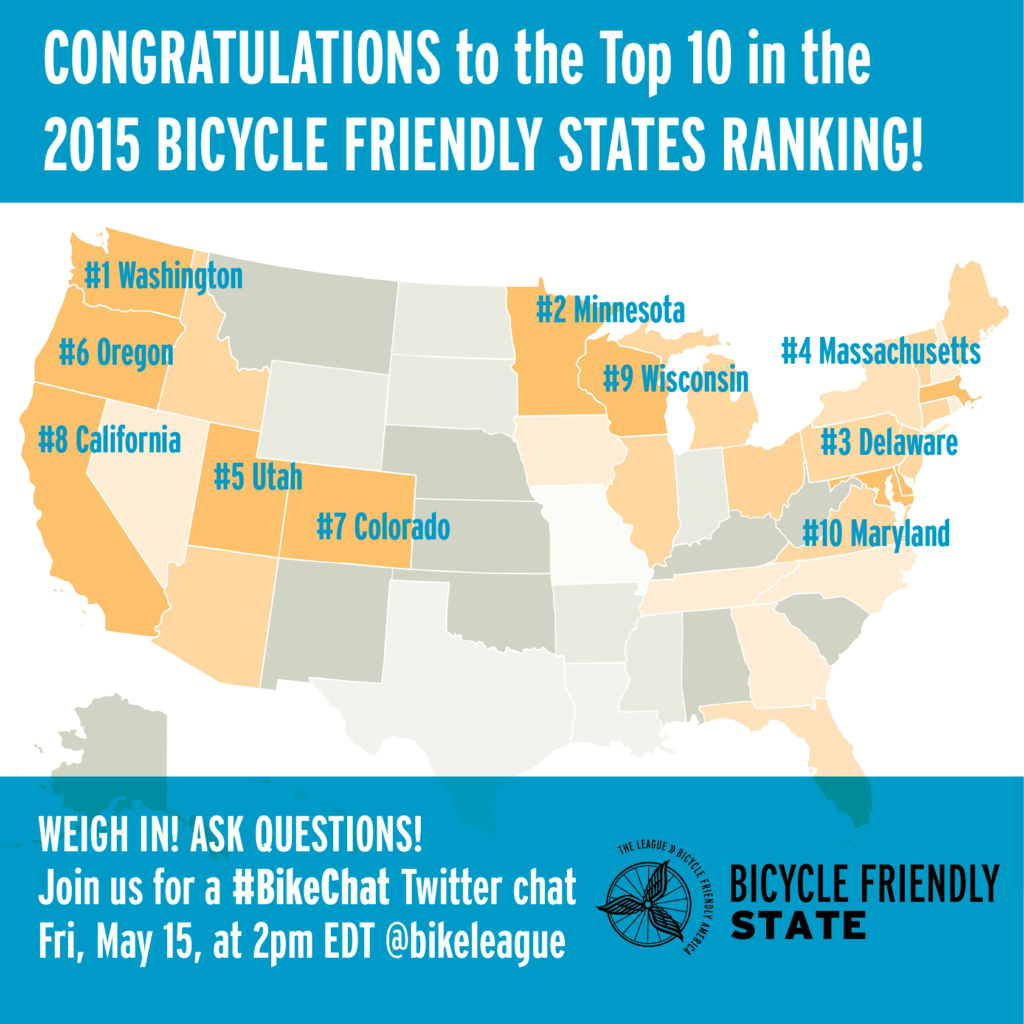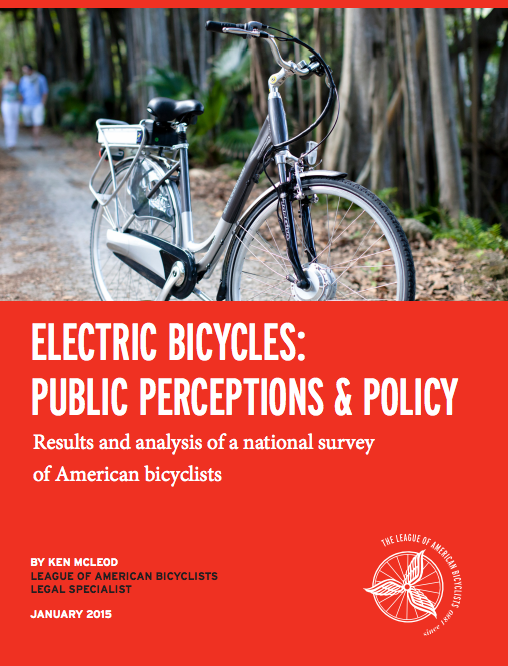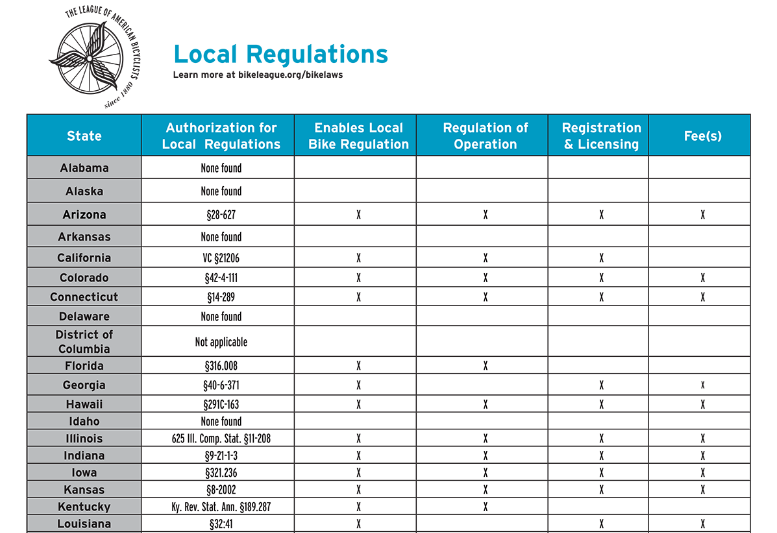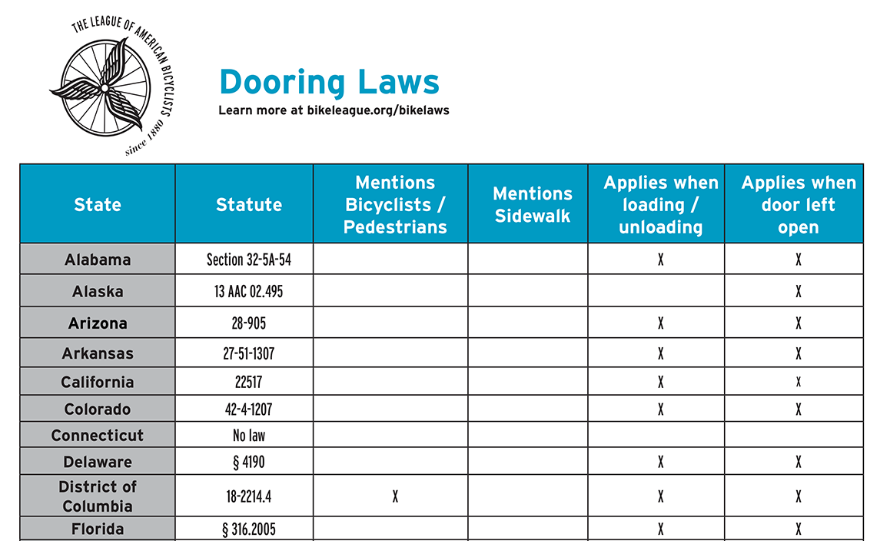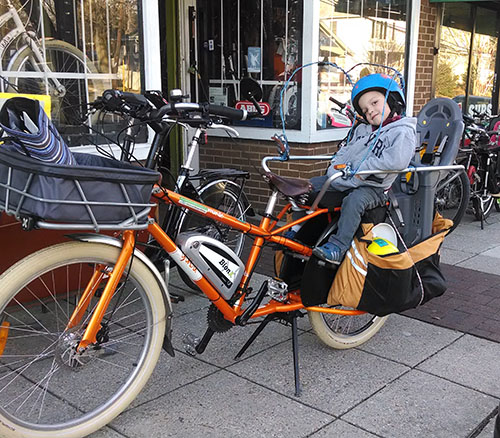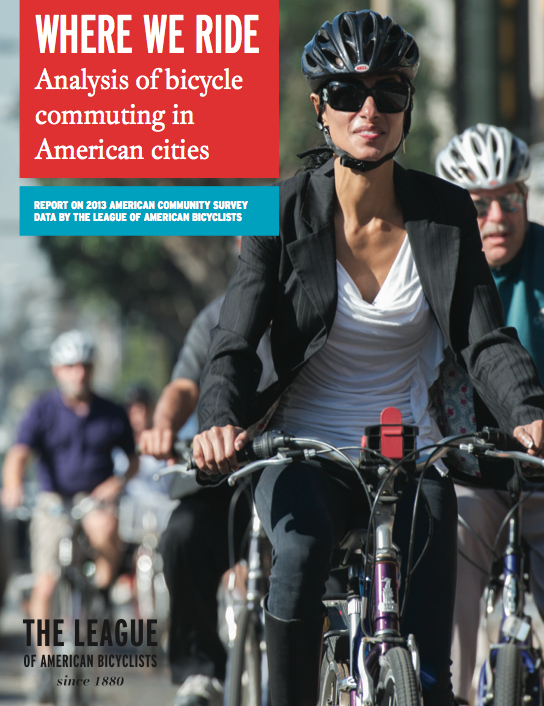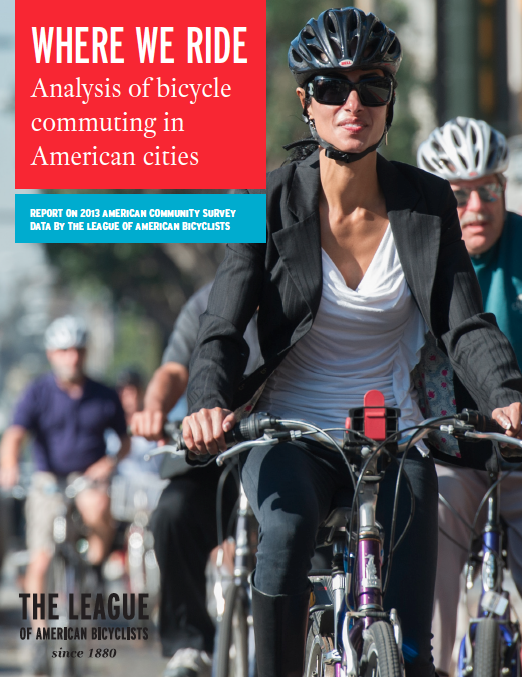Posts by Ken McLeod
Why is 2% a success?
Two percent is not ideal. It isn’t proportional to any statistics about how much bicycling and walking is a part of how people get around. It pales in comparison to the percentage of road fatalities that are bicyclists and pedestrians (16% in 2013). It is less than the percentage of people who bike or walk as their primary means of getting to work (3.4%). It is much less than the percentage of total travel done by biking or walking (11.9% of all trips are done by biking or walking).
Read MoreBFS: Changing Street Design Paradigm
In 2014 the National Association of City Transportation Officials (NACTO) invited states to endorse its new design manual for urban streets – the Urban Street Design Guide (USDG). Eight states endorsed the USDG with 7 of those states ranking in the Top 10 of our rankings. Tennessee is the only state outside of our Top 10 to endorse the NACTO USDG, and the only state in the South to endorse the USDG. The USDG campaign is one indicator of a changing traffic engineering paradigm – where thoughtful, safe, and comfortable bicycling facilities are given as much attention as other parts of streets.
Read MoreHow Do We Rank The States?
This year, we added several new questions to our Bicycle Friendly State survey and changed how some questions were scored in response to feedback from state bicycle and pedestrian coordinators and statewide bicycle advocacy groups. The Bicycle Friendly State ranking could not happen without the hard work of state Department of Transportation bicycle and pedestrian coordinators and statewide bicycle advocacy groups. They put in a tremendous amount of time and effort that makes our annual rankings and the Alliance for Biking and Walking’s bi-annual Benchmarking Report possible. Bicycling and walking is a tremendously dynamic field and recent surveys reflect this dynamism with ever updated standards.
Read MoreE-Bikes: Public Perceptions & Policy
Last fall we asked League members and others on social media for their thoughts about electric bicycles. We received over 700 responses and learned a lot in the process. In our new report, “Electric Bicycles: Public Perceptions & Policy,” we examine your responses and what they might mean for the League’s position on electric bicycles and the ways in which electric bicycles might impact our mission to create a bicycle friendly America for everyone. Electric bicycles offer an option that allows more people to use bicycles in more situations. Previous research from Portland State University found that 60% of electric bicycle riders surveyed bought an electric bicycle to enable trips in hilly areas and 73% rode to different destinations than with a standard bicycle. 65% of respondents in that survey said replacing car trips was a main reason to get an electric bicycle.
Read MoreBike Law U: Local Regulations
While riding, most bicyclists are focused on their safety and their ride, rather than their rights. “Can I make this light?” “What is that car doing?” Rarely, a person riding may notice that they pass from one jurisdiction to another. Maybe there is a Bicycle Friendly Community sign celebrating that jurisdiction’s efforts to improve bicycling conditions, maybe there is a general purpose sign saying that you have entered or are leaving the great city of Wherever. Perhaps, but hopefully not too frequently, the change from one jurisdiction to another will be met with an ominous sign that affects your rights as a bicyclist. The most common may be “No bicycling on sidewalks in the Central Business District,” but depending upon the powers of a local government there may be few, if any, limits on what restrictions you may face. In this edition of Bike Law University, I’m digging into the authorization of local regulations as they relate to riding a bike from one community to the next — and how that might affect your ride.
Read MoreBike Law U: Dooring
In the latest edition of Bike Law University, the League’s Legal Specialist Ken McLeod looks at dooring laws nationwide. Read more of his bike law analyses here. Dooring laws are laws that require people in a vehicle to open their door with a degree of care for moving traffic. A typical dooring law requires that a person opening a vehicle door ensure that it is reasonably safe to open the door, that opening the door will not interfere with moving traffic, and that the door is not open for any more time than necessary.
Read MoreSurvey: Perceptions of Electric Bikes
Electric bikes are undeniably part of a future in which bicycles are a common transportation solution for all types of people. As members of the League, or people interested in bicycling, you have a wealth of bicycling experience that’s important to our efforts in effectively integrating these new vehicles into our laws, infrastructure and culture. Please help us by completing our survey and sharing your thoughts.
Read MoreThe Laws in Question in the Schill Case
This week, my colleague, Steve Clark, wrote about his experience riding with Cherokee Schill and the conditions she faces while biking to work in Kentucky. Her fight for her right to road reflects our society’s decisions about how we create roads, how we create laws for those roads, and the culture of safety we choose to create for our roadways. So what’s the legal background for her fight? And are their signs of hope for Kentucky’s future? Keep reading…
Read MoreRevised: Bike Data Breakdown
Last week, we released our Where We Ride report, analyzing U.S. Census Bureau data on national bike commuting trends. Shortly following our release of the report, we became aware of more comprehensive data that should be included in the report. Today, we’re releasing our revised Where We Ride report, with more communities and data points included. Download it here.
Read MoreUpdated: Bike Commute Data Released
UPDATE: We’ve released an extensive analysis of the new bike commuting data in a new report called “Where We Ride: An Analysis of Bicycle Commuting in American Cities.” Click here to download it (PDF), or scroll through the report below. This morning, the American Community Survey (ACS) released new data on bicycle commuting in the United States.
Read More